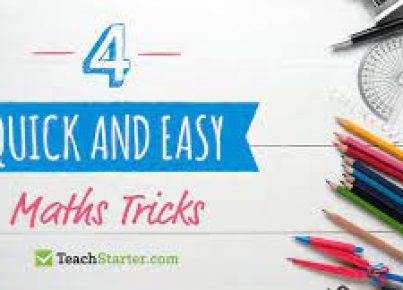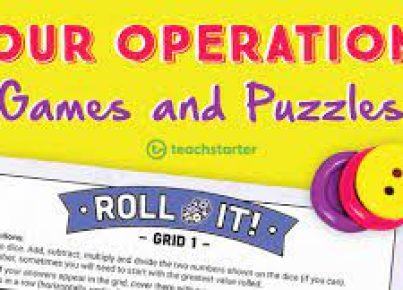Math education in K-12 schools has long been a subject of debate among educators, parents, and policymakers. While mathematics is a crucial skill in our technology-driven world, it’s clear that the traditional teaching methods are not resonating with a large number of students. Here’s how I would fix math education to create a more engaging and effective learning experience for students.
1. Contextual Learning:
Integrate real-world problems into the curriculum to show students the relevance of math in everyday life. This approach helps students understand why they are learning specific concepts and how to apply them outside of the classroom.
2. Emphasize Conceptual Understanding:
Shift focus from memorization and rote learning to a deeper understanding of mathematical concepts. Encourage students to explore, question, and discover the ‘why’ behind the formulas and procedures they learn.
3. Encouraging Productive Struggle:
Allowing students to wrestle with problems before providing guidance helps them develop problem-solving skills and resilience. This ‘productive struggle’ is essential for deep learning and fosters a growth mindset.
4. Incorporate Technology Wisely:
Use technology as a tool for exploration and practice, rather than just an electronic replacement for paper worksheets. Apps that adapt to student performance can provide personalized learning opportunities.
5. Collaborative Learning Environments:
Implement group work where students can share ideas and approaches. Collaboration encourages communication skills and helps learners process concepts through teaching them to peers.
6. Professional Development for Teachers:
Invest in ongoing professional development for teachers so they can stay current with best practices in math pedagogy, learn new methods, and feel supported as they implement changes in their classrooms.
7. Continuous Assessment & Feedback:
Employ assessments that promote understanding over performance on standardized tests. Provide feedback that guides students on their path to improvement rather than focusing solely on grades.
8. Foster a Positive Math Culture:
Combat math anxiety by creating a classroom culture that values effort over innate ability. Celebrate mistakes as opportunities to learn and ensure all students feel capable of succeeding in math.
By employing these strategies, math education can be transformed from a source of frustration into a platform for discovery and intellectual growth, preparing students not just for exams but for a world that requires critical thinking and problem-solving skills at every turn.




